Ankle and Foot Prostheses
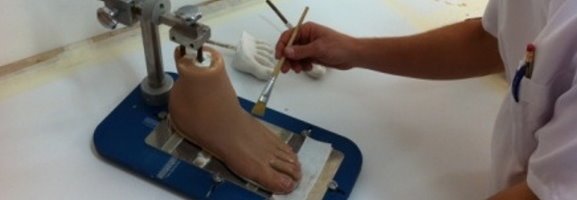
These prosthetic constructions are sophisticated and are aimed for patients with amputations of Syme, Chopart or Lisfranc, as well as peripheral middle-metatarsus or metatarsus-phalangeal amputations.
As in all lower limb prostheses, the basic parameters are the characteristics of the stump, the socket design and their functional inter-relationship. The stump should have a smoothly designed shape and high resistance to loads. The socket should be applied properly and firmly, in order to withstand the pressures of the transverse strophic loading at the beginning and at the end of the gait cycle.
Metatarsus-phalangeal and middle-metatarsus amputations
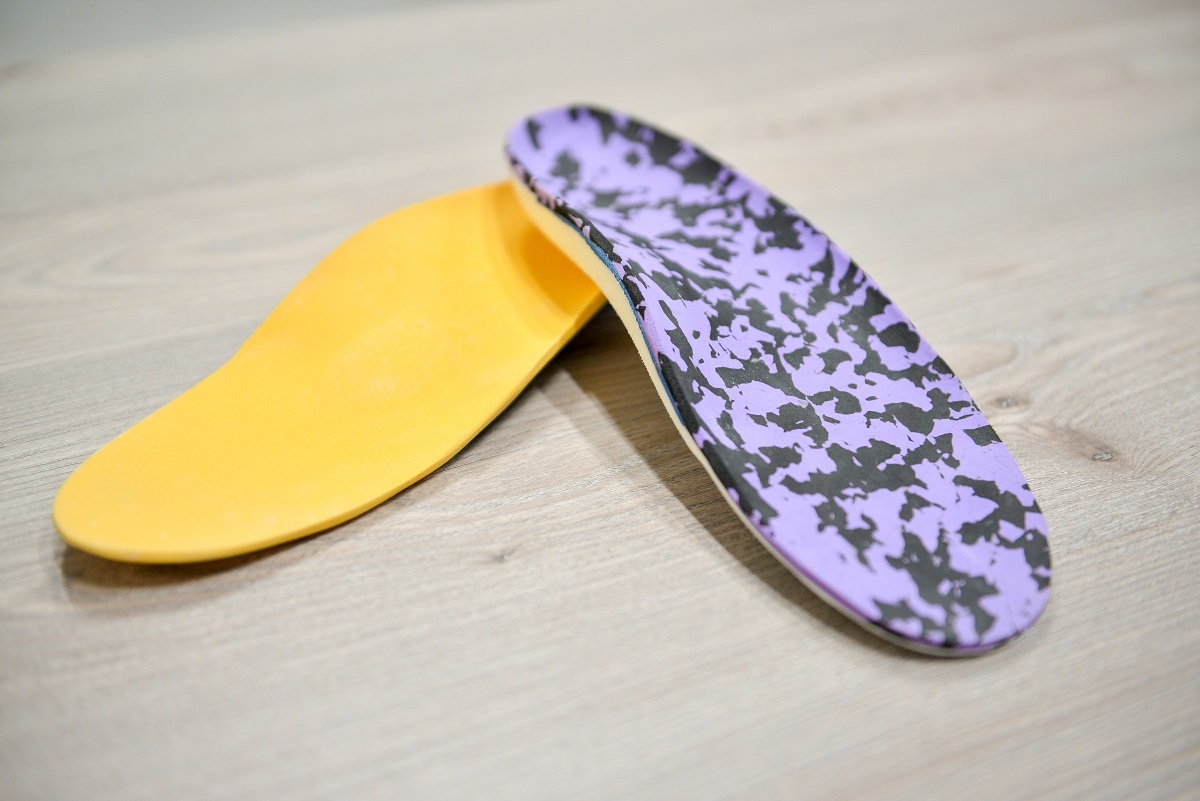
This type of amputation mainly affects diabetic patients.The aim of surgery is the cross section of the bone or the disarticulation of the phalange, at such a height, which provides the soft tissues the space to cover the bone without tension In amputation of these types, the functionality losses can be considered negligible and are approached by building a simple orthotic sole.
The orthotic construction has as a target to:
- reduce the load, which could lead to further complication,
- absorb shocks
- align the foot.
In such cases, the utilization of the foot pressure analysis is catalytic for the equal distribution of weight over the foot surface. The materials that constitute such a foot are foamy; they have different hardness, EVA type.
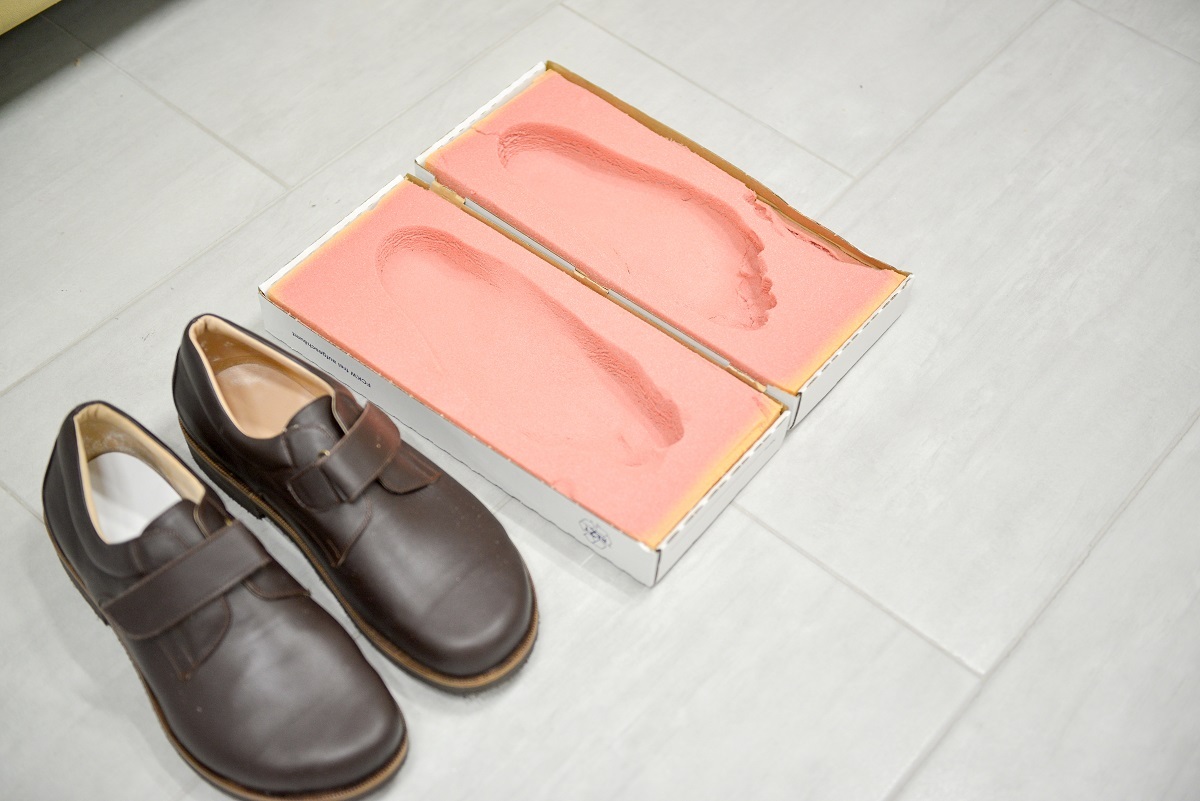
Still, in other cases, the construction of orthopedic shoes is recommended, with an aim to improve posture and consequently the quality of the gait. More specifically, for diabetic patients, our main concern is the prevention of ulcers and skin shores.
They gently support the arch area and the joints of the foot, providing a protection shield in the affected areas.
They are made of genuine top-quality greek leather and are available in various designs and colors.
Lisfranc and Chopart amputations
The amputations in the tarsal bones, such as
- the Lisfranc (tars metatarsal joint) with a disarticulation of the metatarsal bones and
- the Chopart (Middle tarsal joint), with a disarticulation of the tarsal bones, at the level of the ankle and the heel
require similar approach in the prosthetic field.
We have to treat a limb which has lost more than 50% of its supporting surface, and the challenge for the prosthetic professionals is great. The stump is in a supination and talipes equinovarus position, because of the predominance of the muscle tone and the group of gastrocnemius muscles, while being susceptible on the anterior surface of the limb due to the lack of soft tissues. The enormous issue of support cannot be overcome with the utilization of orthotic insoles.
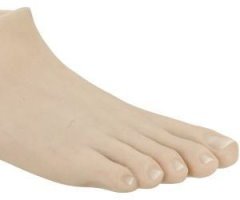
The solution, proposed, is the construction of a silicone foot, which:
- will evenly distribute the load of the body, towards the stump
- will stabilize the heel bone.
Its purpose is to restore the patient s balance, offering him a smooth gait. Due to the advanced technical approach, an excellent result is achieved, both from a functional and aesthetic point of view.
In our company we capture silicone limbs that approach the maximum natural result. In fact, many times, comparing the prosthesis with the healthy limb, their differences cannot be seen with the naked eye.
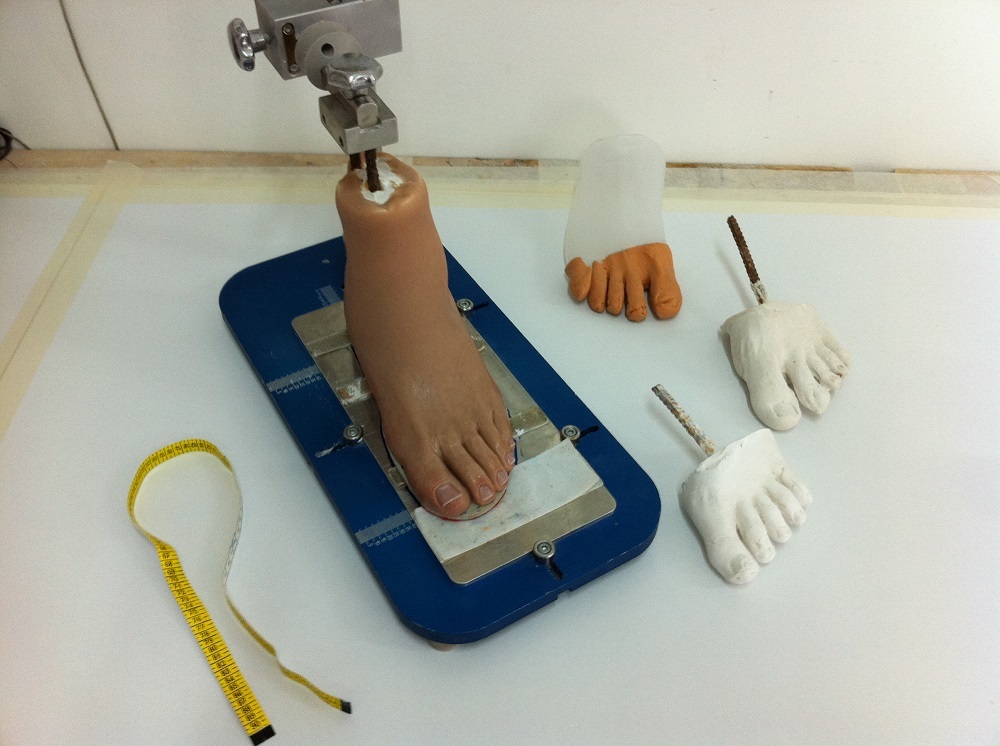
In cases where the silicone device cannot accept large amounts of loads and pressures, we have to approach the replacement with a different technique. We extend the length of the prosthesis, up to the height of the patellar tendon, leaving an opening in the inner side of the prosthesis, for easier application.
The construction of such prostheses includes two different sockets,
- an internal one which is in contact with the stump and
- an external one which is connected with the prosthetic foot.
The internal socket is made of silicone or polyform material offering smooth support, while the external one is made of resin and carbon offering durability.
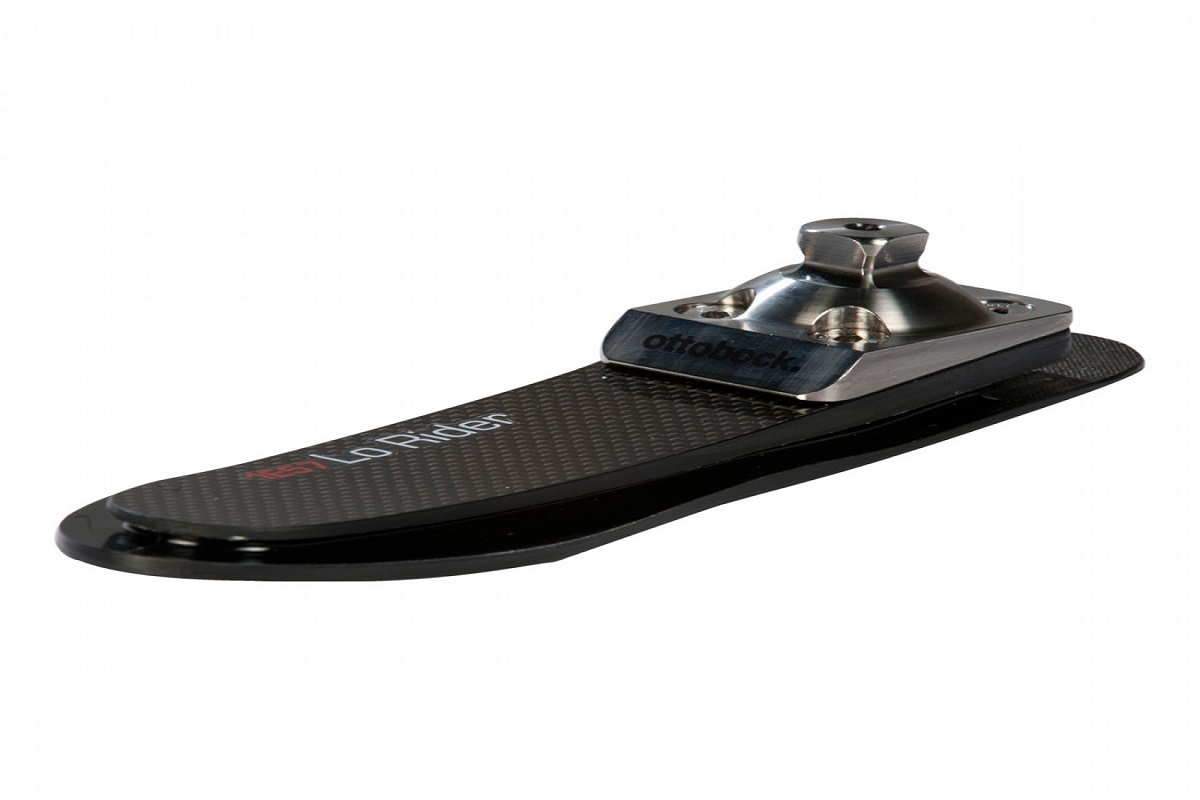
The specific prosthesis can be more functional than the silicone foot, but it is lacking in aesthetics. Furthermore, in this certain construction we are restricted as far as the choice of proshetic foot because of the existing heel.
This low altitude difference presented, forces us to choose feet of a specific range, made of carbon with a height of only a few millimeters. In the cases where the existing height is still not enough we will add an orthotic sole on the inner side of the contra lateral shoe, in order to gain the needed height.
Syme amputation
These amputations can be characterized as one of the best, when the surgery is done successfully. Nevertheless, there are risks of infection or displacement of the heel, which could lead to complications or even a higher potential amputation. It is an amputation which requires special technical approach, due to the fact that the loss is located in an area with high walking requirements in the back and forth direction.
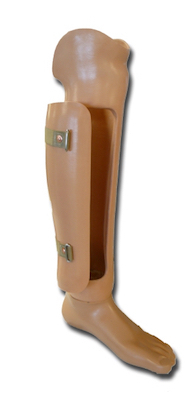
In general, we could assume that we have a limb with excellent functionality. In the past, this type of surgery was avoided, especially in ischemic limbs, because of poor perfusion in the specific area.
In these cases, the construction of the prosthesis is based on the PTB formula (Patellar-Tendon-Bearing), that is, support of the patellar ligament and across the leg, in areas resistant to pressure. To complete the prosthesis we use feet based on the patient s activities, always taking into account the limitations of height difference with the other leg. As in Lisfranc and Chopart amputations, when the height is not enough to adjust the prosthetic foot, we use an orthotic sole in the contra lateral limb.

